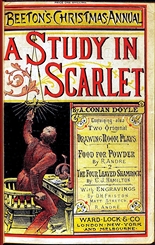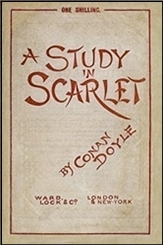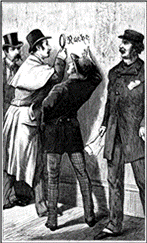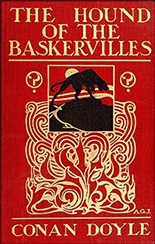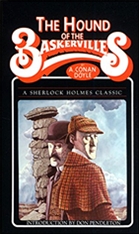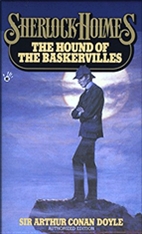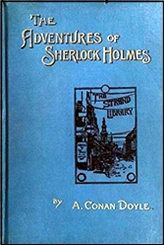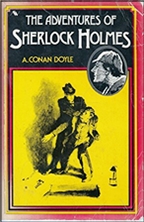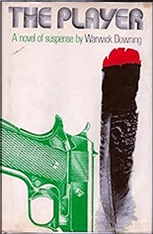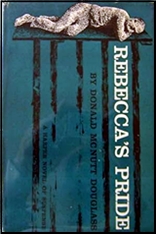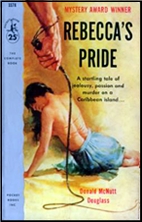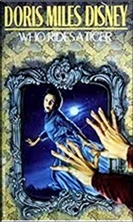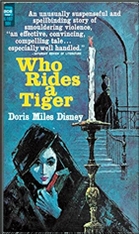Wed 27 Dec 2023
A 1001 Midnights Review: DAPHNE Du MAURIER – Rebecca.
Posted by Steve under 1001 Midnights , Reviews[7] Comments
by Marcia Muller

DAPHNE Du MAURIER – Rebecca. Victor Gollancz Ltd., UK, hardcover, August 1938. Doubleday, US, hardcover, September 1938. Reprinted many times. in both hardcover and paperback.
The title character of this immensely popular novel never appears “on stage,” since she is dead long before the story starts. Her persona, however, is the moving force behind the narrative, and she is so well realized that the reader comes to feel he has met her many times. The other characters, including the protagonist, fail to measure up to Rebecca, and this creates a peculiar imbalance that makes one wonder why one is reading about them when she is obviously much more fascinating.
The heroine of the story — referred to after her marriage as only “Mrs. de Winter” and before that as nothing at all — holds a position as lady’s companion for an American woman who is vacationing on the Cote d’Azur. Invoking a distant connection, the old woman, Mrs. Van Hopper, strikes up an acquaintance with Maxim de Winter, owner of the grand English estate of Manderley and recent widower.

When Mrs. Van Hopper becomes ill, her companion continues the acquaintance and falls in love with de Winter. They marry and return to Manderley, where the hostility of the housekeeper, who was devoted to Maxim’s first wife, Rebecca, and continual reminders of the beautiful, strong-willed woman she has succeeded cast a pall over the marriage.
The new Mrs. de Winter fears she can never compete with such a paragon as Rebecca, but gradually the truth about the woman emerges, and she must confront a greater, unexpected horror. There is an irony about the ending, which leaves the heroine stronger and wiser, yet immersed in a sorrow from which she will never escape.

Rebecca was made into an excellent film in 1940, directed by Alfred Hitchcock and starring Laurence Olivier, Joan Fontaine, and Judith Anderson. Du Maurier’s 1951 novel My Cousin Rachel was also filmed (1953). In addition, she produced such popular books as Jamaica Inn (her first novel and also a Hitchcock film, in 1936) and The House on the Strand (1969).
———
Reprinted with permission from 1001 Midnights, edited by Bill Pronzini & Marcia Muller and published by The Battered Silicon Dispatch Box, 2007. Copyright © 1986, 2007 by the Pronzini-Muller Family Trust.

